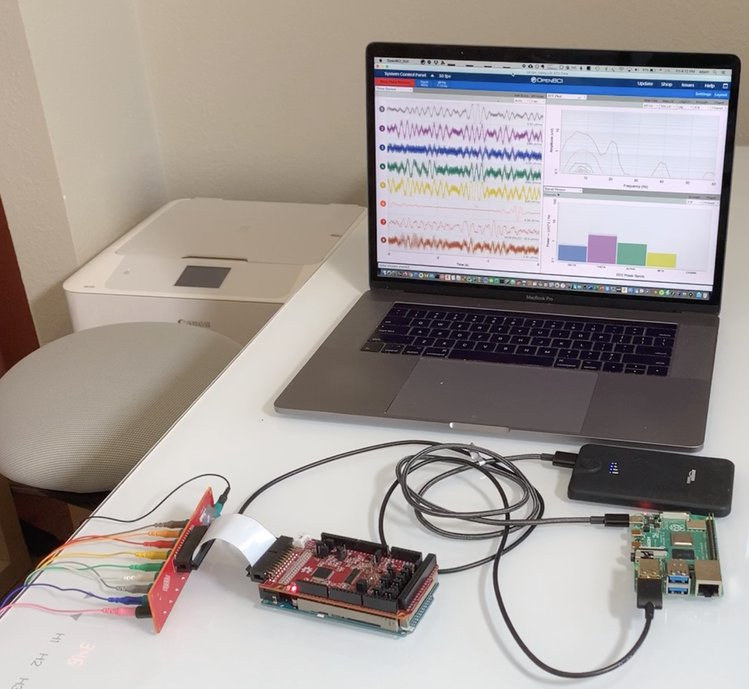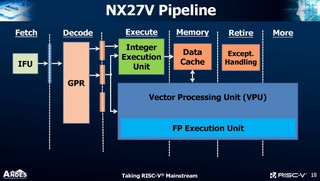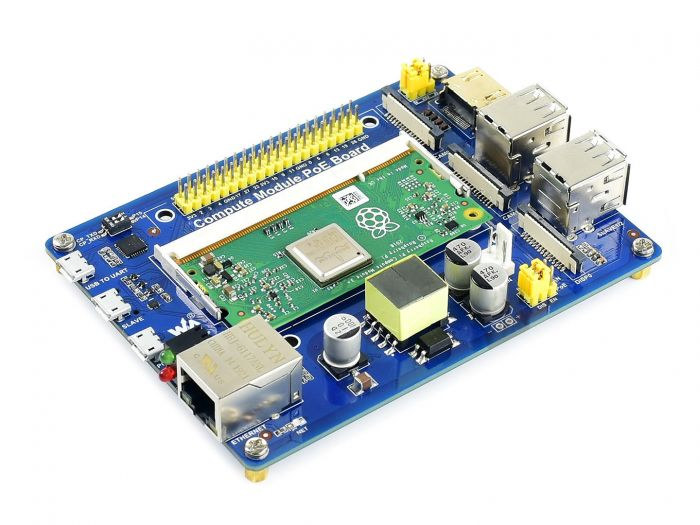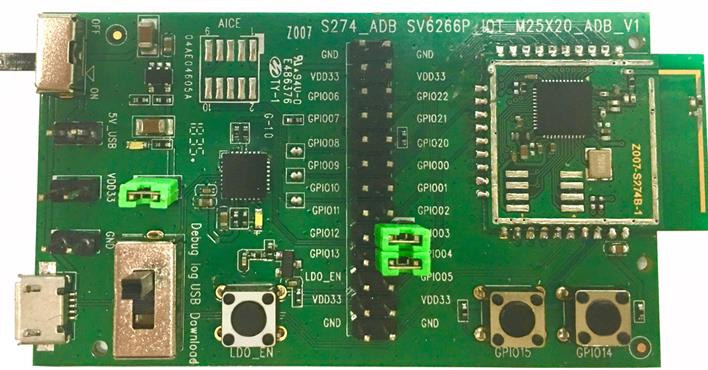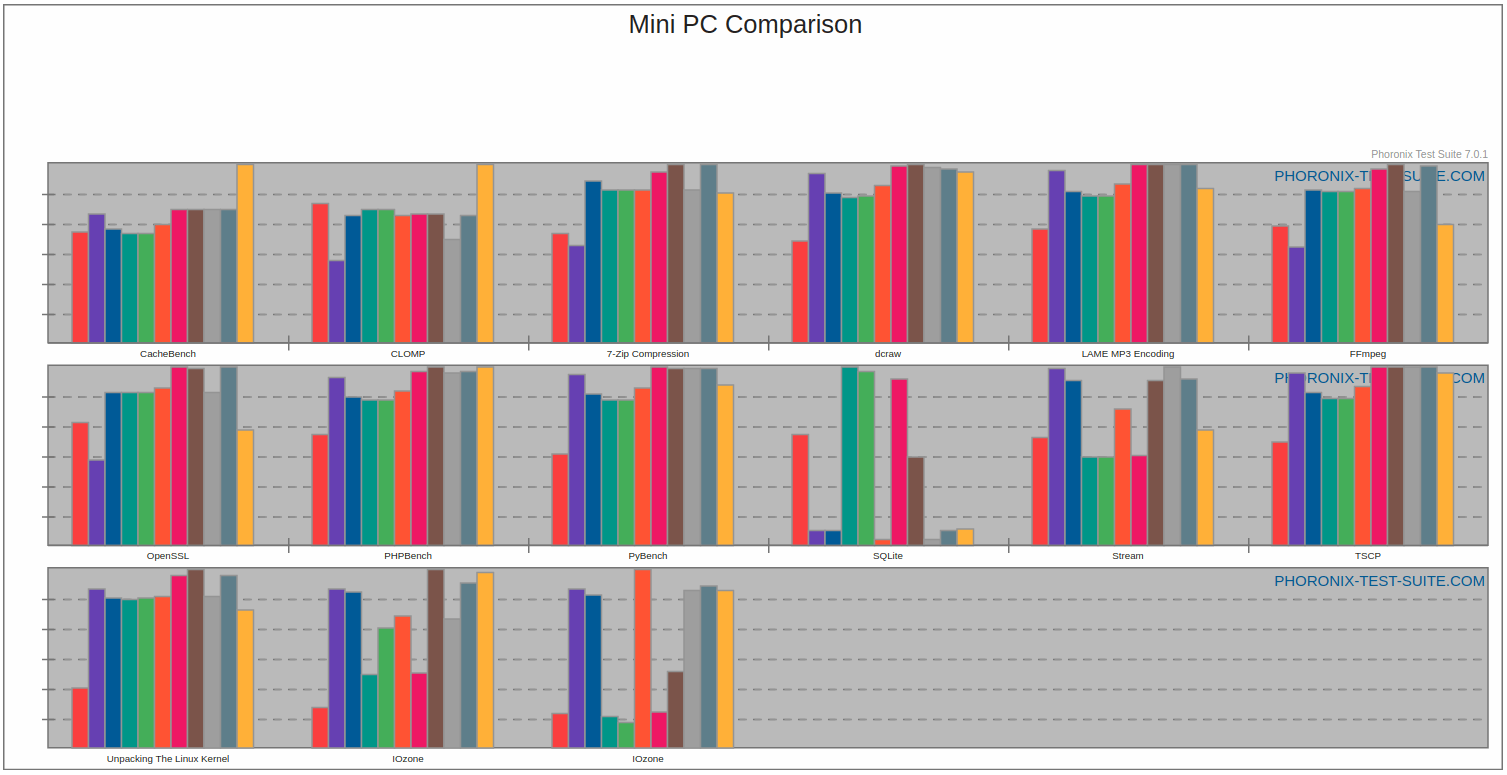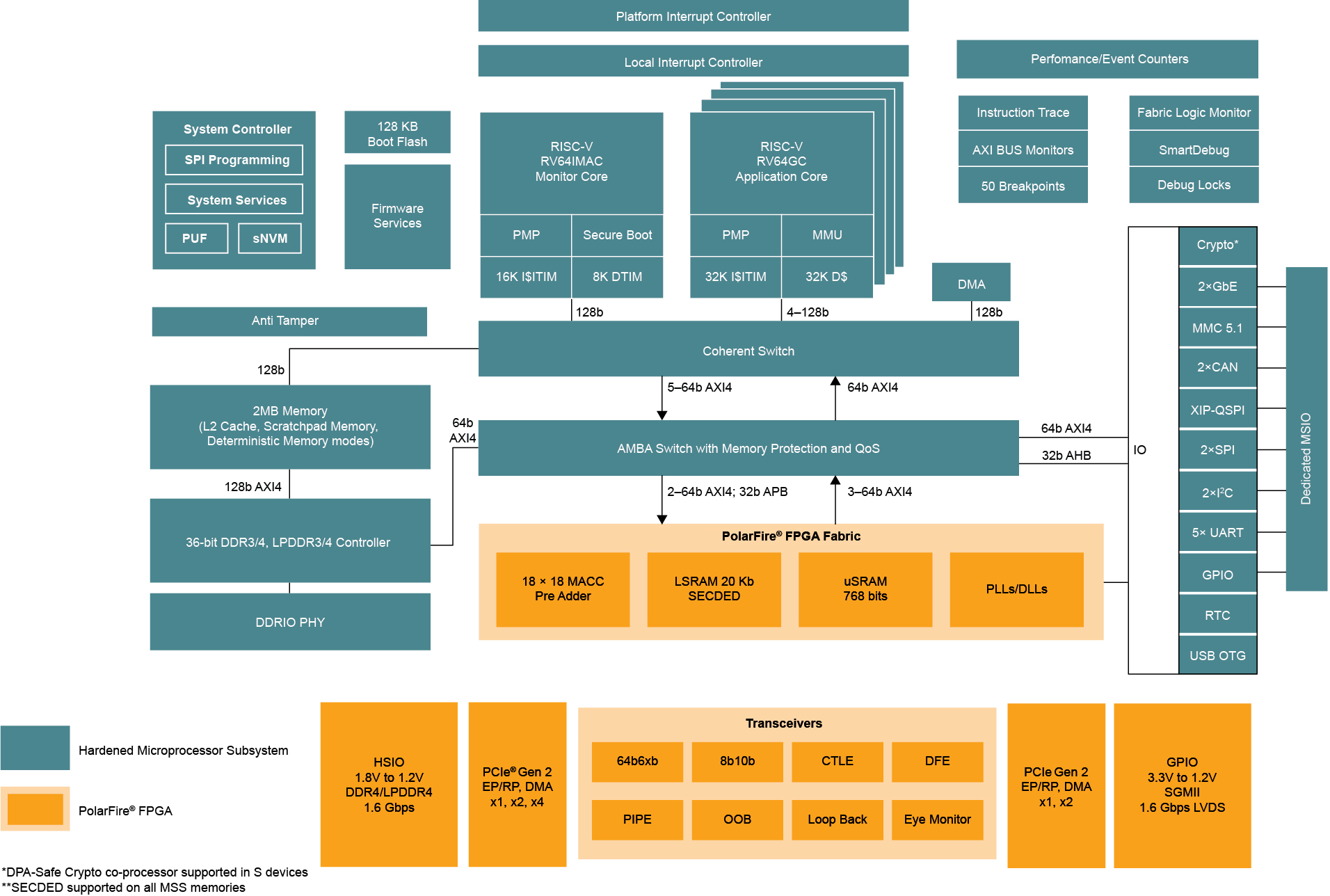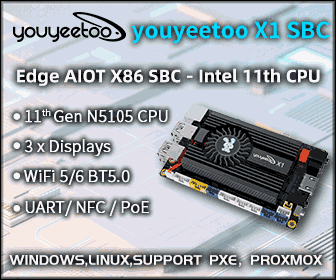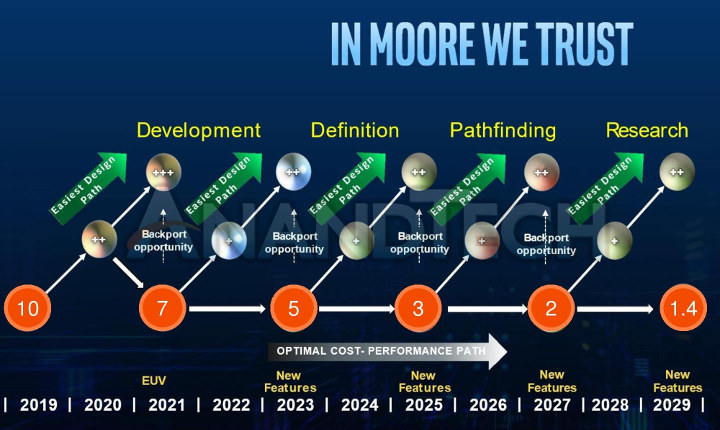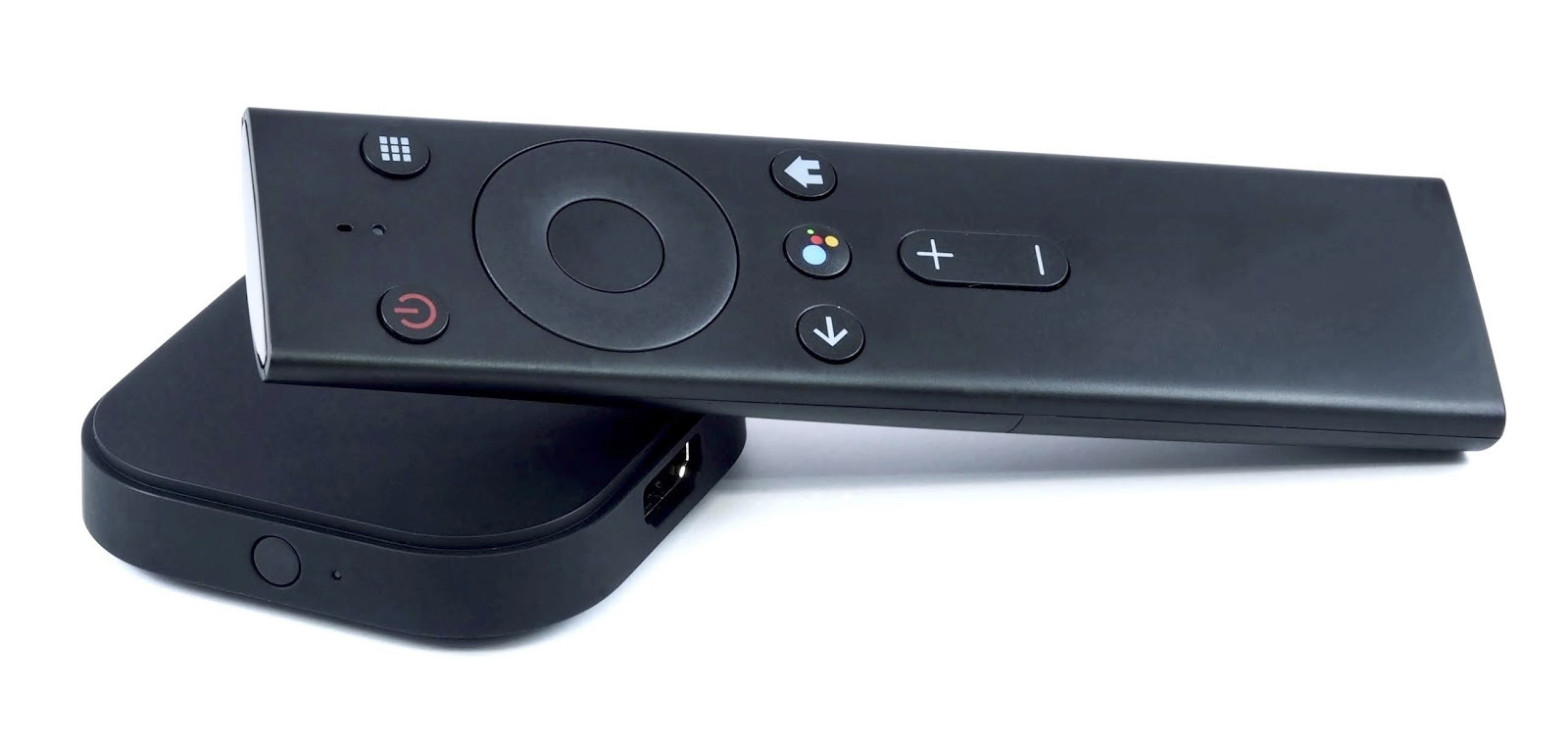Biosignals are signals from living beings that can be continually measured & monitored, and some common methods to measure those biosignals include electroencephalogram (EEG) to monitor the electrical activity in your brain, electromyography (EMG) for recording the electrical activity produced by skeletal muscles, and electrocardiogram (EKG or ECG) to measure electrical activity of your heartbeat. Those can be used for brain interfaces which according to a recent Ericsson’s report may become commonplace by 2030 with users just thinking about commands, prosthetic arms, health and disease monitoring, and so on. Starcat has designed the HackEEG shield to experiment with all those three methods using an Arduino board and electrodes. HackEEG features and specifications: TI ADS1299 8-Channel, 24-Bit ADC for biopotential measurements SPI EEPROM for storing configuration data 8x analog-digital conversion (ADC) channels, each with a 24x programmable-gain amplifier (PGA). Up to 4x shields can be stacked on one Arduino Due for […]
AndesCore 27-Series Linux RISC-V SoC Features a Vector Processing Unit
AndesCore 27-Series VPU Andes has developed a Linux capable RISC-V based SoC which runs on the first Vector Processing Unit (VPU) that is reported to be groundbreaking in its application ability, especially in the AI sector. The Andes 27 Series CPU has debuted in the RISC-V Summit in San Jose, to a great deal of talk in many quarters. The AndesCore 27-Series RVV The company reports that the AndesCore 27 offers a user-configurable vector-processing unit that has a scalable data size, flexible microarchitecture implementations and subsystem memory decisions open to system-level optimization. The use of the RISC-V Vector (RVV) instruction extension allows the CPU cores to deliver higher performance and versatility. The TimeTable and Offerings Andes is saying delivery of its first Andes 27 RISC-V based SoC will begin in Q1 2020. Already the earliest licensees have seen the delivery of the betas. Initial availability will center around a […]
$38 Compute Module PoE Board Works with Raspberry Pi CM3/CM3+ Modules
Raspberry Pi 3 Compute Module was first introduced in 2017 with CM3 and CM3L systems-on-module with or without 4GB eMMC flash for $25 and up before the company launched an update earlier this year with CM3+ modules equipped with a slightly faster processor and up to 32GB eMMC flash for $25 to $40. If you wanted to evaluate the solution for your project you’d have to spend well over $100 for either the official development kit or third-party solutions such as balenaFin which may not support all features of the modules out of the box. We previously wrote about Waveshare Compute Module IO Board Plus similar to the official devkit and going for $50 without the actual module. The company has now designed a more compact board that also supports Ethernet and PoE out of the box selling for just $37.99 plus shipping on Seeed Studio or Waveshare not including […]
iCommSemi SV6166F is a Low-Power WiFi SoC for IoT and Embedded Systems
The other day I wrote about Sonoff Micro WiFi USB Smart adapter featuring a CKW04 WiFi chip, but one person suspected it may be based on iCommSemi SV6166F chip with very similar features and the same 6x6mm form factor. It’s still unclear whether that’s the chip used in Sonoff Micro, but AFAICR I never heard about iCommSemi previously, so let’s have a look at SV6166F in particular. The SV6166F is a low-power single-chip device designed for integration into the Internet of Thing and embedded systems with support for 802.11b/g/n WiFi at 2.4 GHz. SV6166F highlights: MCU – Andes Technology N10 processor with ILM/DLM and I-cache. Memory & Storage 128K ROM and 192 KB SRAM for Instruction and data SRAM in total 8K retention SRAM 2MB (16 Mbit) SPI flash in package Flash and PSRAM controller up to 16MB/64Mb with XIP WiFi Connectivity 802.11b, 11g, and 802.11n 1T1R AP/STA mode – […]
A Look at Ubuntu on MINIX NEO G41V-4 and J50C-4 Mini PCs
MINIX Technology Limited recently released two new Gemini Lake mini PCs running Windows 10 Pro namely the MINIX NEO J50C-4 actively-cooled mini PC with an Intel Pentium Silver J5005 processor and the MINIX NEO G41V-4 fanless mini PC powered by an Intel Celeron N4100 processor. Whilst each mini PC comes with 64GB of eMMC with pre-installed Windows 10 Pro together with 4GB of RAM they also support the addition of an optional 2280 M.2 drive and the MINIX NEO J50C-4 allows optional memory upgrades. Prior to testing their performance under Ubuntu, I established a comparison baseline by updating Windows to version 1903 and then running my standard set of benchmarking tools first with the default configuration of each mini PC and then repeated having installed the official MINIX 2280 M.2 240GB drives for each device together with adding an extra 4GB RAM to the MINIX NEO J50C-4. The results can […]
RISC-V based PolarFire SoC FPGA and Devkit Coming in Q3 2020
Microsemi unveiled PolarFire FPGA + RISC-V SoC about one year ago, but at the time, development was done on a $3,000 platform with SiFive U54 powered HiFive Unleashed board combined with an FPGA add-on board from Microsemi. I’ve now been informed that Microchip has announced its Linux-capable PolarFire FPGA+RISC-V SoC would start shipping in Q3 2020 at the RISC-V summit and that a development kit will be sold for a few hundred dollars. PolarFire SoC FPGA PolarFire SoC FPGA key features and specifications: Mid-Range FPGA optimized for Low Power High-speed serial connectivity with built-in multi-gigabit/multi-protocol transceivers from 250 Mbps to 12.7 Gbps Up to 461k logic elements consisting of a 4-input Look-Up Table (LUT) with a fracture-able D-type flip-flop Up to 31.6 Mb of RAM Power optimized transceivers Up to 1420 18 × 18 multiply-accumulate blocks with hardened pre-adders Integrated dual PCIe for up to ×4 Gen 2 Endpoint […]
Intel Roadmap 2019-2029 – 1.4 nm Processors Expected within 10 Years
A roadmap from a slide by ASML presented at the IEDM conference recently shared on Anandtech shows Intel Roadmap for the next ten years with 7nm manufacturing process expected in 2021, 5nm in 2023, 3nm in 2025, 2nm in 2027, and 1.4nm in 2029. Intel did however contact Anandtech to explain the slide from ASML is a modified version of the Intel slide shown below that does not show actual process nodes, only the dates. I suppose Intel does not want to make any commitments seeing how their 10nm technology suffered delays after delays, and in any case the actual dimensions of the process may vary by that time frame depending on difficulties or new discoveries made. Both slides mention +, ++, and backport opportunities for all new processes. + and ++ are just iterative improvements for the current process, while back- porting is the option to port a process […]
Google ADT-3 is a Developer-Focused TV Box for Android TV on Android 10
Back in 2014, Google killed Google TV and announced Android TV, and as a result, introduced ADT-1, the first developer kit specifically designed for Android TV. Since then ADT-2 was introduced in 2018 in an HDMI stick form factor, and now the company has announced the launch of Android TV on Android 10 together with ADT-3 devkit targetting Android TV app development for Android 10. The “developer kit” just looks like a standard TV box, although It’s really tiny and comes with what looks like a voice remote control. Google did not provide the full specifications, but ADT-3 is equipped with a quad-core Cortex A53 processor coupled with 2GB DDR3 memory, and supports 4Kp60 HDR video playback and output via an HDMI 2.1 output port. That probably means the box is powered by an Amlogic S905X2 processor since few other TV box SoCs combine 4x A53 cores with HDMI 2.1. […]


